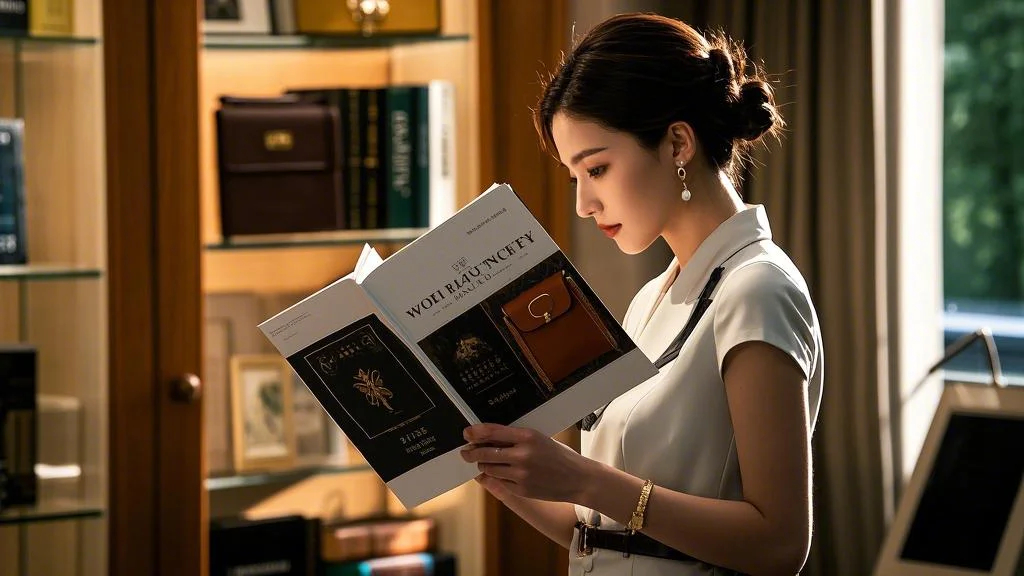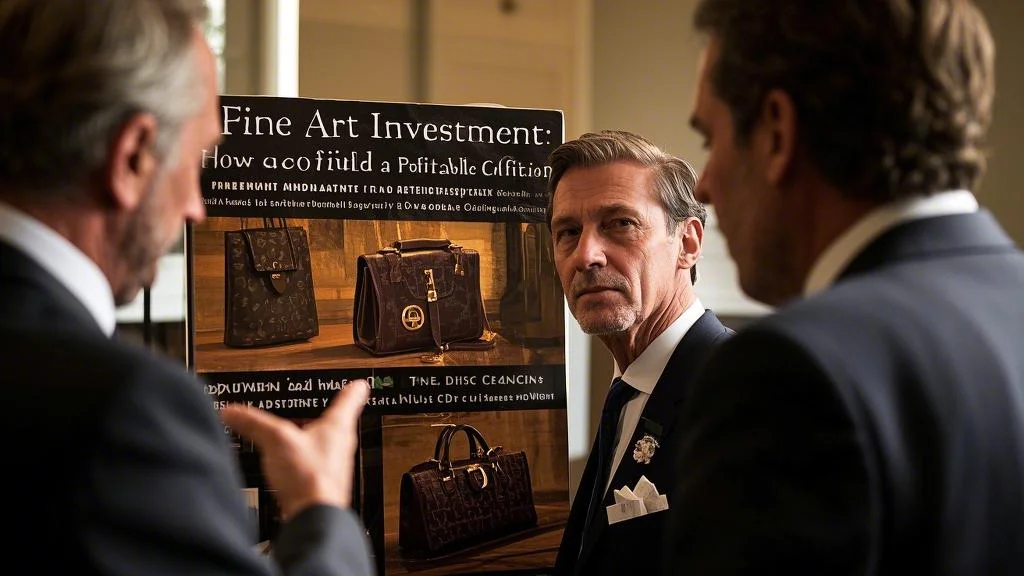Fine Art Investment: How to Build a Profitable Collection

Why Fine Art Investment Is a Valuable Asset Class
For high-net-worth individuals (HNWIs), fine art investment offers a unique combination of aesthetic appeal and financial returns. Unlike traditional investments, fine art is a tangible asset that can appreciate significantly over time, providing both capital gains and personal enjoyment. The art market has historically shown resilience during economic downturns, making it a reliable option for investment diversification. Additionally, fine art is a highly portable asset, allowing investors to store value in a physical form that can be easily moved or displayed. By understanding the dynamics of the art market and working with experienced advisors, you can build a profitable collection that enhances both your portfolio and your lifestyle.
One of the key advantages of fine art investment is its ability to generate long-term returns. Over the past few decades, the art market has consistently outperformed many traditional asset classes, with certain works appreciating by hundreds or even thousands of percent. For example, iconic pieces by artists like Jean-Michel Basquiat or Banksy have seen their values skyrocket, making them highly sought-after by collectors. Additionally, fine art can serve as a hedge against inflation, as its value is not directly tied to stock market performance. By investing in high-quality pieces and staying informed about market trends, you can build a collection that delivers both financial and cultural rewards.
Rare Book Investing: A Niche Market with High Potential
For those looking to diversify their portfolio beyond traditional assets, rare book investing offers a unique opportunity. Rare books are highly collectible items that can appreciate significantly over time, especially if they are first editions, signed copies, or historically significant works. The market for rare books is niche but growing, with collectors and investors willing to pay premium prices for exceptional pieces. By focusing on high-demand categories, such as literature, science, or philosophy, you can build a valuable collection that complements your fine art investment strategy.
One of the key benefits of rare book investing is its low correlation with traditional financial markets. This makes it an excellent option for investment diversification, as it can provide stability during market volatility. Additionally, rare books are tangible assets that can be enjoyed and displayed, adding a personal and cultural dimension to your investment. However, investing in rare books requires specialized knowledge and careful research to identify undervalued pieces and avoid overpaying. By working with reputable dealers and auction houses, you can build a profitable collection that stands the test of time.

Luxury Handbag Resale: A Lucrative Alternative Investment
In recent years, the luxury handbag resale market has emerged as a profitable alternative investment for HNWIs. Brands like Hermès, Chanel, and Louis Vuitton have seen their products appreciate in value, particularly limited-edition or iconic pieces. The luxury handbag resale market is driven by strong demand from collectors and fashion enthusiasts, making it a viable option for those looking to diversify their portfolio. By focusing on high-demand brands and styles, you can build a collection that generates both financial returns and personal satisfaction.
One of the key advantages of luxury handbag resale is its relatively low barrier to entry compared to other alternative investments. While fine art and rare books often require significant capital and expertise, luxury handbags are more accessible and easier to store. Additionally, the resale market is supported by a growing number of online platforms and consignment shops, making it easier to buy and sell pieces. However, it’s important to carefully research market trends and authenticate pieces to ensure their value. By investing in high-quality, in-demand handbags, you can build a profitable collection that complements your broader investment strategy.
Hedge Fund Alternatives: Exploring Tangible Assets
For HNWIs seeking to diversify beyond traditional hedge funds, tangible assets like fine art, rare books, and luxury handbags offer compelling alternatives. These assets provide a level of stability and diversification that is often lacking in financial markets. Unlike hedge funds, which can be highly volatile and opaque, tangible assets are physical, transparent, and often appreciate over time. Additionally, they offer the added benefit of personal enjoyment, allowing investors to build collections that reflect their tastes and interests.
One of the key benefits of investing in tangible assets is their ability to serve as a hedge against inflation and market volatility. For example, fine art and rare books have historically maintained their value during economic downturns, making them a reliable store of wealth. Additionally, these assets are not directly tied to stock market performance, providing a level of diversification that can enhance your overall portfolio. By exploring hedge fund alternatives, you can achieve a more balanced and resilient investment strategy that aligns with your financial goals.
Investment Diversification: Building a Balanced Portfolio
For HNWIs, investment diversification is a critical strategy for managing risk and maximizing returns. By spreading your investments across different asset classes, such as fine art, rare books, and luxury handbags, you can reduce your exposure to market volatility and enhance your overall portfolio performance. Diversification also allows you to take advantage of unique opportunities in niche markets, such as the growing demand for luxury handbag resale or the timeless appeal of fine art.
One of the key advantages of investment diversification is its ability to provide stability during uncertain times. For example, while traditional investments like stocks and bonds may fluctuate, tangible assets like fine art and rare books often retain their value or even appreciate. Additionally, diversification allows you to explore new markets and asset classes, such as rare book investing, which can provide unique opportunities for growth. By building a balanced portfolio that includes a mix of traditional and alternative investments, you can achieve long-term financial success and enjoy the benefits of a diversified strategy.